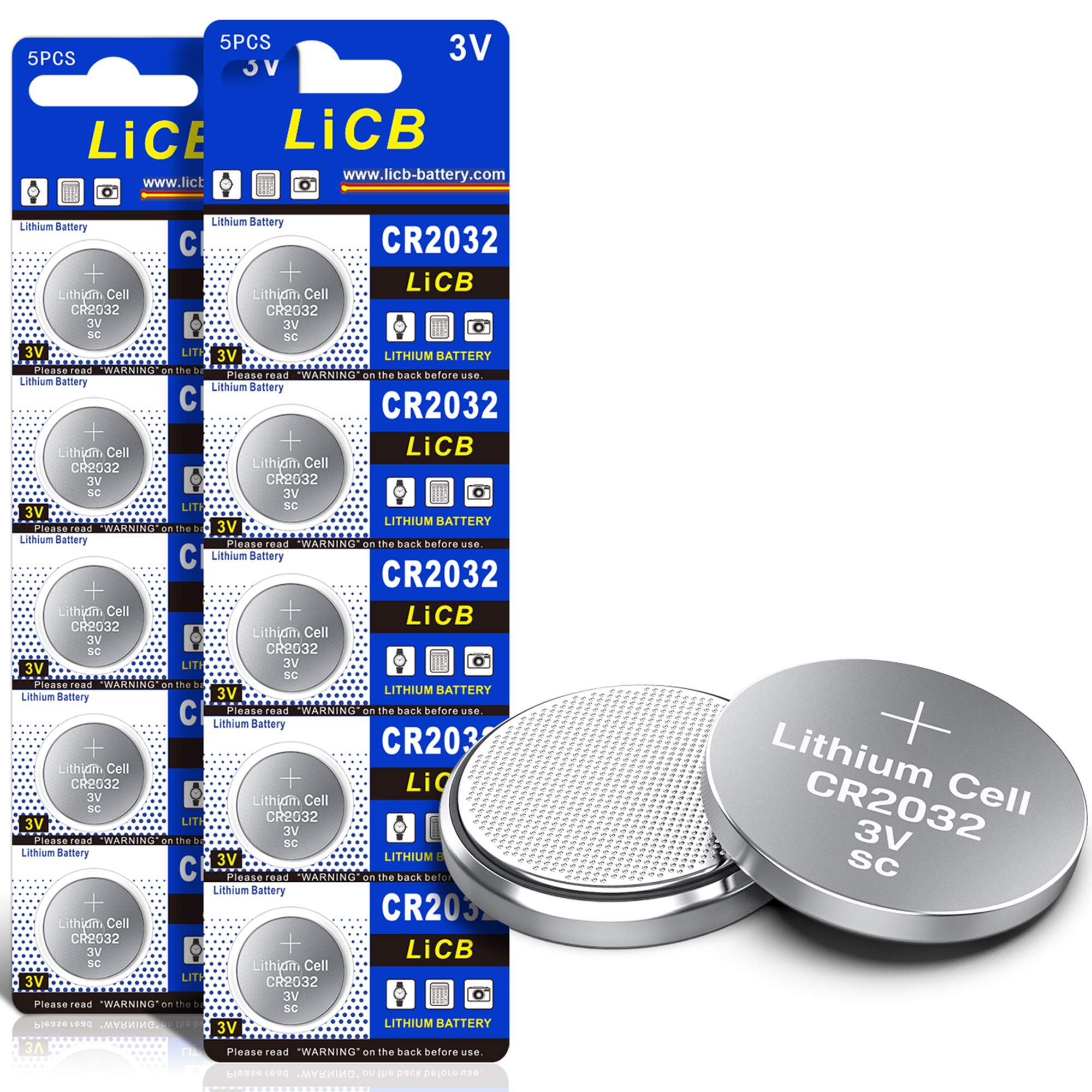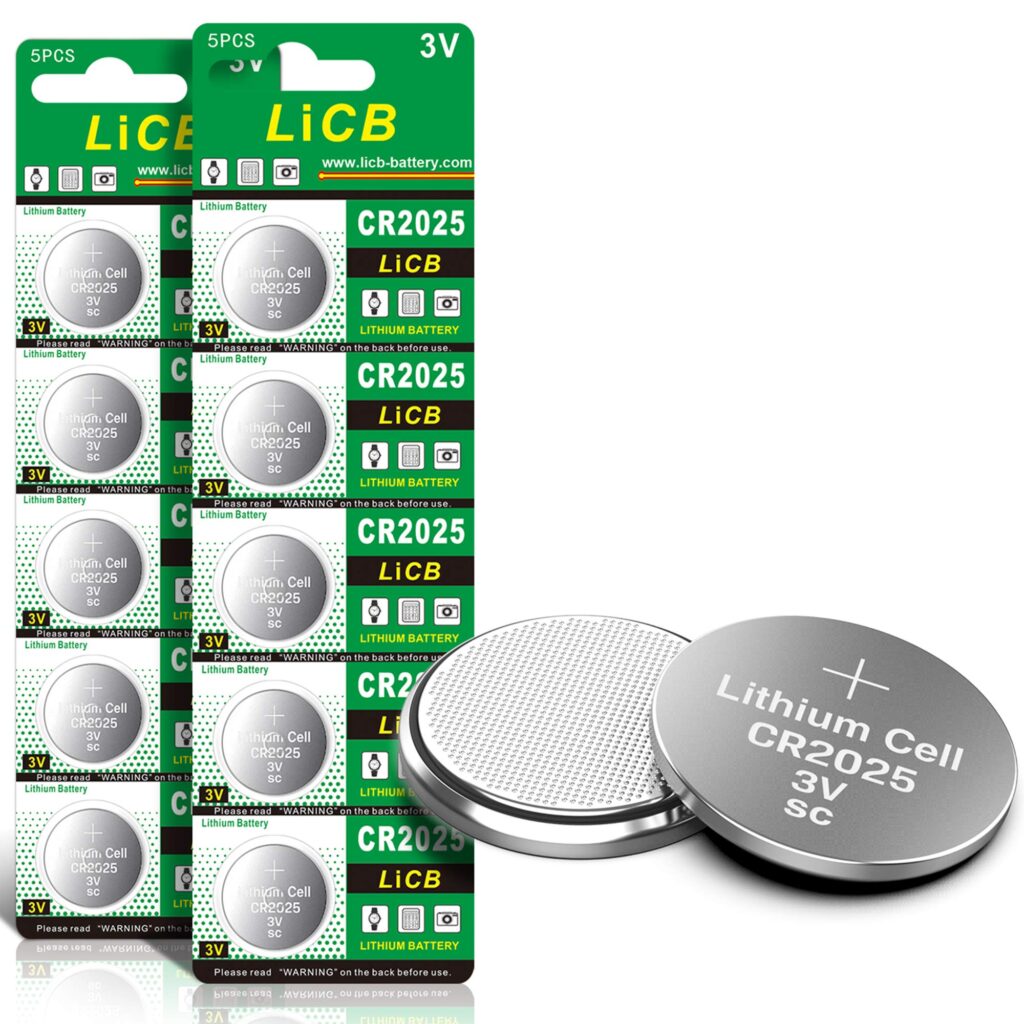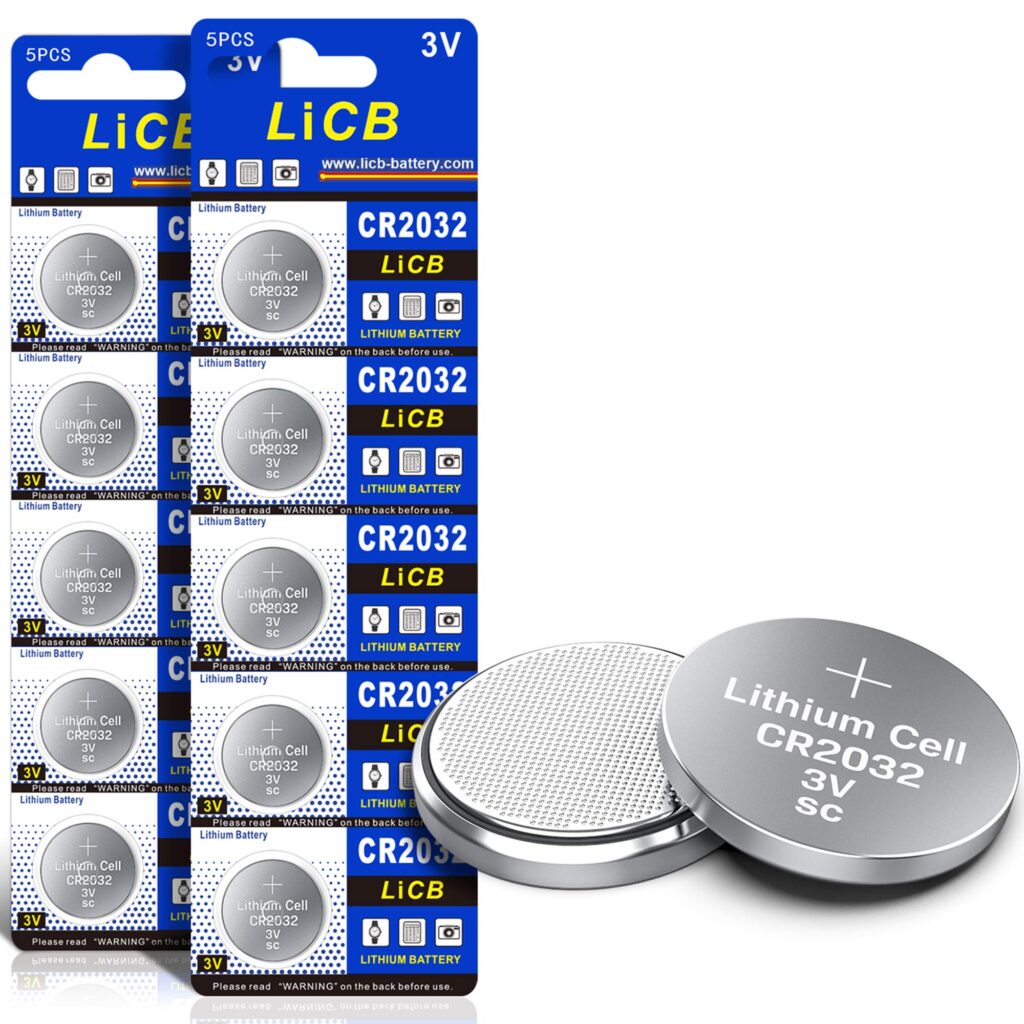In the world of small electronics, batteries play a crucial role in ensuring devices function optimally. Two of the most commonly used button cell batteries are the CR2032 and LR44. Despite their similar appearances and utility, they are quite different in terms of chemistry, voltage, and application. Understanding these differences is essential for choosing the right battery for your device. In this article, we will delve into the specifics of both the CR2032 and the LR44 batteries, providing a detailed comparison to guide you in making an informed decision.
Detailed Comparison Table
| Feature | CR2032 | LR44 |
|---|---|---|
| Image |  |
 |
| Chemistry | Lithium | Alkaline |
| Voltage | 3V | 1.5V |
| Diameter | 20mm | 11.6mm |
| Height | 3.2mm | 5.4mm |
| Capacity | ~220mAh | ~110mAh |
| Common Uses | Watches, calculators, medical devices | Toys, clocks, small flashlights |
Informative Explanation of Features and Specifications of Both Products
CR2032
The CR2032 is a lithium coin cell battery known for its high capacity and reliable performance. It operates at a nominal voltage of 3 volts, which provides a more extended power duration and better energy efficiency compared to other button batteries. Its 20mm diameter and 3.2mm thickness make it a compact power source suitable for a variety of electronic devices such as watches, calculators, and medical devices. Due to its lithium composition, the CR2032 offers a high energy density, ensuring a stable discharge rate which is crucial for devices that require a consistent power supply. This battery is also renowned for its long shelf life, often lasting up to 10 years if stored properly.
LR44
The LR44 is an alkaline button cell battery that operates at a nominal voltage of 1.5 volts. It is smaller in diameter (11.6mm) but thicker (5.4mm) compared to the CR2032. This makes it particularly suitable for devices with specific size constraints, such as toys, clocks, and small flashlights. The LR44 battery provides a moderate capacity of around 110mAh, which is sufficient for devices with lower power requirements. Although it has a shorter shelf life than lithium batteries, the LR44 is a cost-effective option when frequent replacements are not an issue. Its alkaline chemistry makes it an economical choice for many consumer electronics.
Differences Between Products
The most significant differences between the CR2032 and LR44 batteries lie in their chemistry, voltage, and size. The CR2032 is a lithium-based battery, providing a higher voltage of 3 volts, while the LR44 is an alkaline battery with a lower voltage of 1.5 volts. This difference in voltage impacts the type of devices each battery can support. The CR2032s higher energy density makes it ideal for devices that require a continuous and stable power supply over an extended period. In contrast, the LR44 is better suited for applications that can tolerate intermittent power inputs.
Size is another distinguishing factor. The CR2032 is larger in diameter but thinner, making it suitable for slim devices. On the other hand, the LR44s smaller diameter and greater thickness allow it to fit into more compact spaces. Furthermore, the shelf life and capacity also differ, with the CR2032 providing a longer shelf life and greater capacity, making it a better choice for less frequently accessed devices.
Pros and Cons Section
CR2032

Pros:
- Higher voltage (3V) suitable for a wide range of devices
- Long shelf life, up to 10 years
- Higher capacity (~220mAh) for extended usage
- Stable discharge rate ideal for constant power needs
Cons:
- Generally higher cost compared to alkaline batteries
- Larger diameter may not fit all devices
LR44

Pros:
- Cost-effective and widely available
- Compact size fits a variety of devices
- Moderate capacity suitable for low-power gadgets
Cons:
- Shorter shelf life compared to lithium batteries
- Lower voltage (1.5V) limits usage in high-energy devices
- May require more frequent replacements
Performance Evaluation and User Experience
Performance-wise, each battery type excels in different scenarios. The CR2032 is lauded for its reliability and longevity. Users frequently praise its ability to power devices continuously for extended periods without the need for frequent replacements. Its high voltage and capacity make it the go-to choice for sensitive electronics that demand a stable power source. Consumers appreciate the long shelf life, which ensures that spare batteries remain viable for years.
In contrast, the LR44 is favored for applications where cost is a primary consideration. It performs adequately in devices with lower power needs, such as toys and small electronic gadgets. Users often highlight its affordability and ease of replacement as significant benefits. However, the need for more frequent changes is a common concern, especially in high-drain devices. While the LR44 may not match the longevity of the CR2032, it serves its purpose well in the right contexts, providing a budget-friendly power solution.
Final Recommendation and Conclusion
Choosing between the CR2032 and LR44 largely depends on your specific needs and the devices you intend to power. If your priority is long-lasting performance and you are willing to invest a bit more upfront, the CR2032 is an excellent choice. Its higher capacity and stable power output make it ideal for devices that require reliable energy over time.
On the other hand, if cost is a significant factor and your devices do not demand high power, the LR44 is a suitable option. Its compact size and affordability make it a practical choice for everyday electronics that are used intermittently.
In conclusion, both batteries have their merits and are designed to meet different needs. By understanding the specifications, pros, and cons of each, you can make an informed decision that aligns with your requirements and ensures your devices operate smoothly and efficiently.


